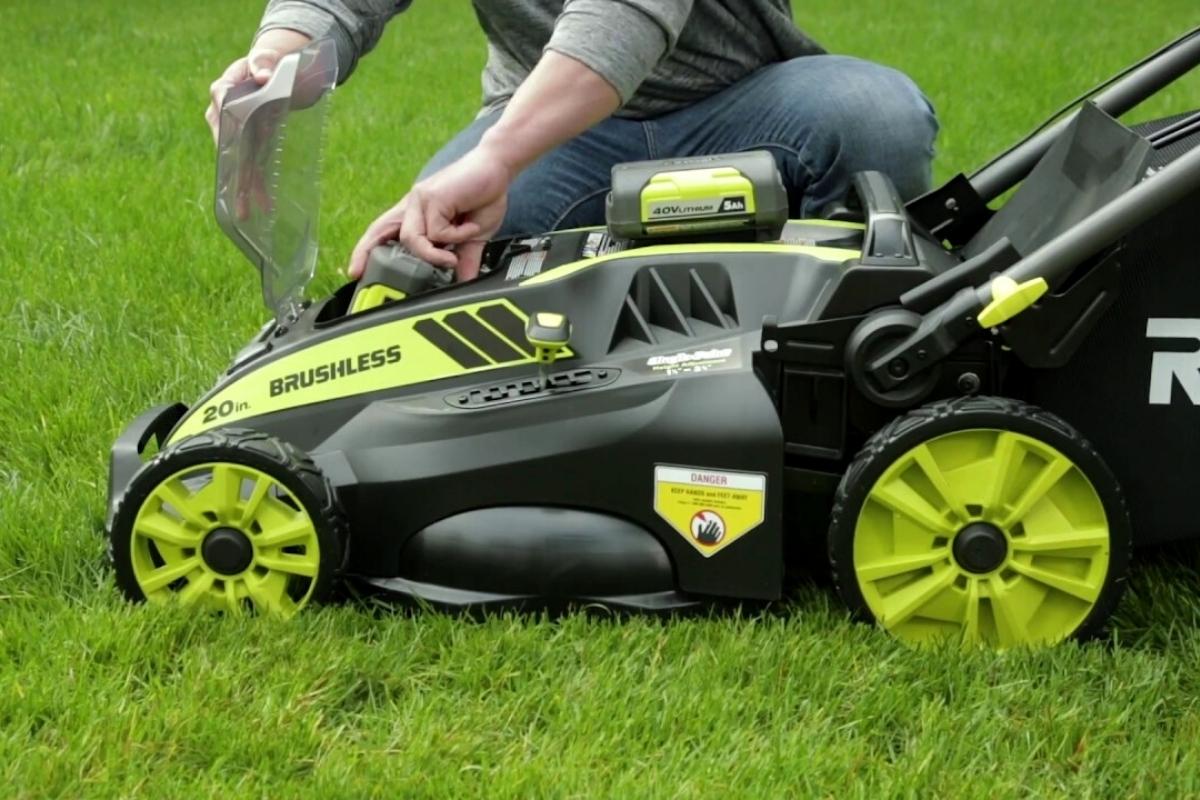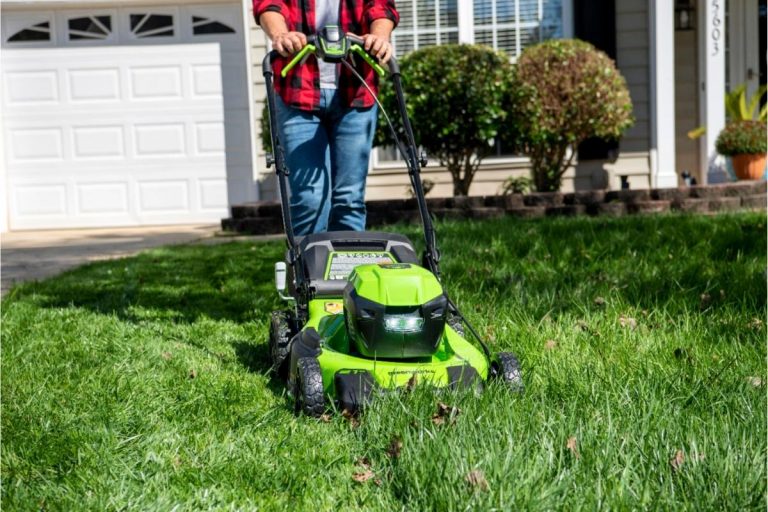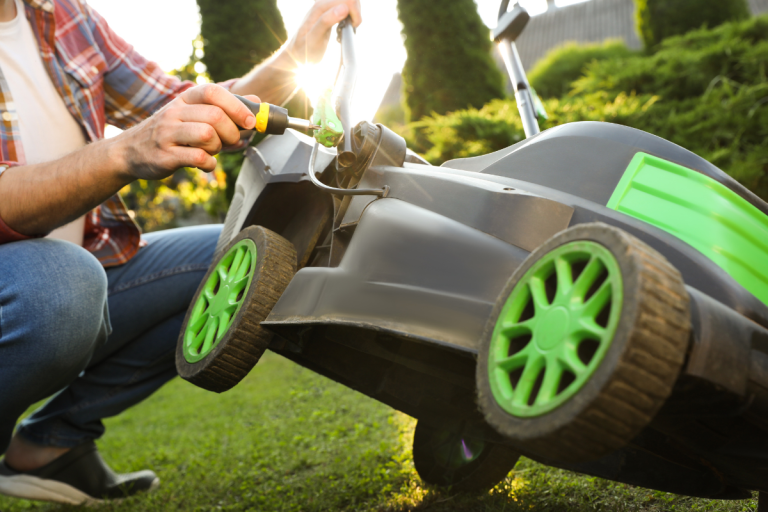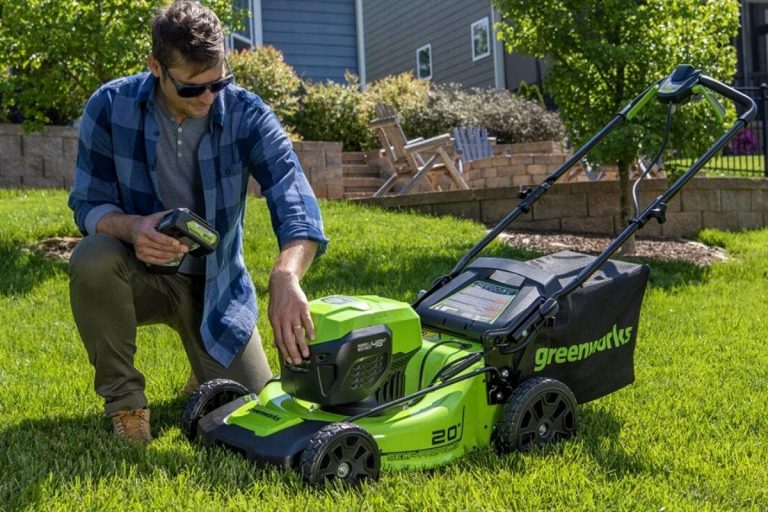Is It Okay To Leave A Ryobi Battery On The Charger?
There is much debate, and confusion, as to whether a Ryobi battery should be left on the charger or not. This probably stems from Ryobi having different types of batteries and some chargers being able to charge all of the battery types, and others only the battery of the tool they came with.
So what is the verdict, to leave your battery on the charger, or not?
Can You Leave A Ryobi Battery On A Charger?
It is best not to leave a Ryobi battery on the charger unless the instructions for that specific tool say you should. Always remove a battery once it is fully charged to protect the battery from over-charging, which will damage it, reduce its life, and possibly even cause an explosion.
A common misconception with the newer Lithium-Ion batteries is that it doesn’t matter if you leave them on charge because of the sophisticated technological changes that have been made to chargers. This is not the case.
The advantage of the new chargers is that they charge the batteries quickly, and there is no real need to leave a Ryobi battery on the charger. Read on to find out more about how to charge your Ryobi battery properly.
Why Can’t A Ryobi Battery Be Left on the Charger?
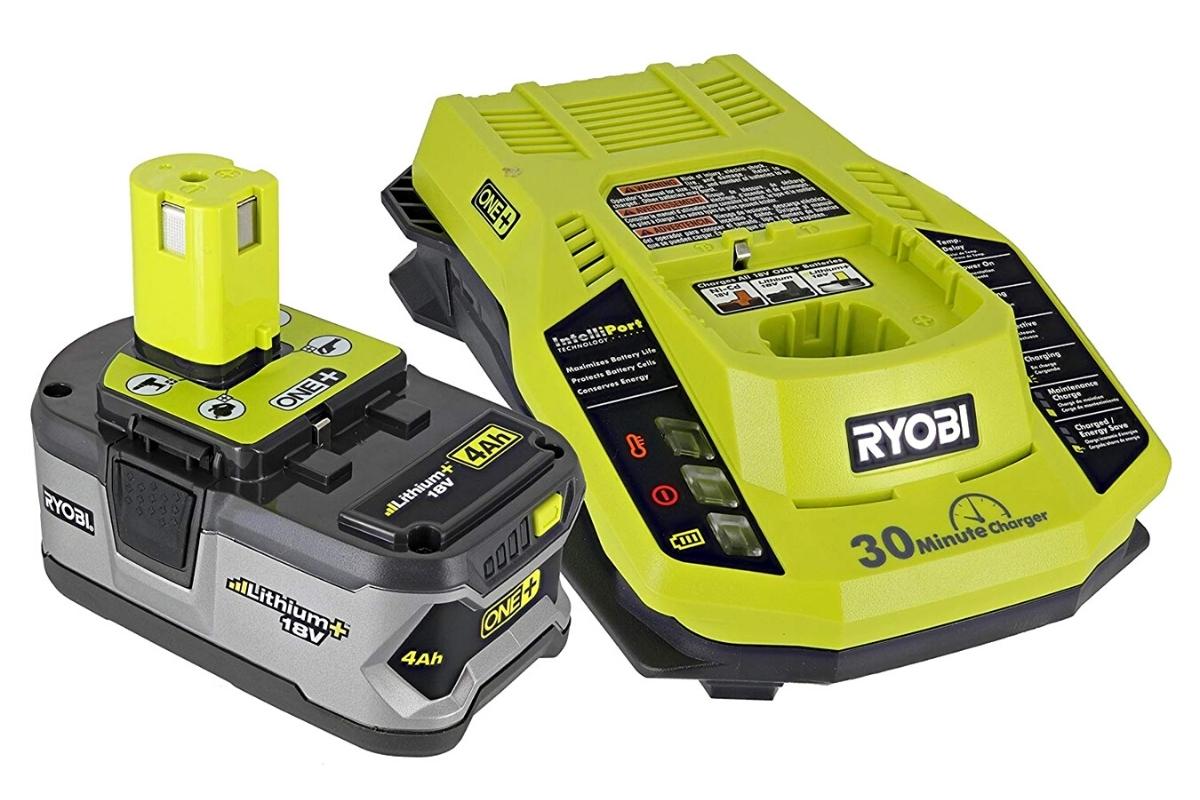
The simple answer is because it reduces their lifespan and, if it is a Ni-Cad battery, there is a slight chance the battery could explode.
Even though there is little chance of a Lithium-Ion battery exploding, they do have a finite lifespan and will lose power faster and take longer to charge as time goes by. In order to extend the lifespan of your Ryobi battery, you should pay attention to how you charge it.
How Lithium-Ion Batteries Work
When a Lithium-Ion battery is being charged, the lithium ions move between the cathode to the anode through an electrolyte solution contained in a battery cell.
When a battery is discharged, this happens in reverse. As the chemical reactions happen at the anode and cathode, thin layers of atoms form, which obstruct the effectiveness of the electrodes. This atomic buildup is what causes battery life to start dropping.
Scientists have adjusted the formula of the chemical makeup of lithium-ion batteries to try to make them more efficient, charge faster, and last longer. However, although they have done a superb job and Ryobi batteries do charge faster and last longer, lithium-ion batteries still have a finite lifespan because the charging cycle can only happen a set number of times.
A rechargeable Ryobi battery will last 2-3 years, depending on your charging habits.
How Charging a Lithium-Ion Battery Works
To increase the longevity of your lithium-ion battery, it is best to do more shallow discharges and recharges rather than full ones less often because it places less stress on the battery.
Ideally, you should top your battery up when it is about 50% charged and then not let it charge to 100% but remove it from the charger when it is at about 90%. You should do a full discharge and recharge once a month in order to let the battery recalibrate itself.
Unlike their Ni-Cad predecessors, Lithium-Ion batteries are not at risk of blowing up due to over-charging. They have safeguards built in to prevent this. So, the reason for not leaving them on charge is not for fear of an explosion but purely to prevent the battery from aging faster because it is constantly plugged in.
Dos and Don’ts of Ryobi Battery Recharging
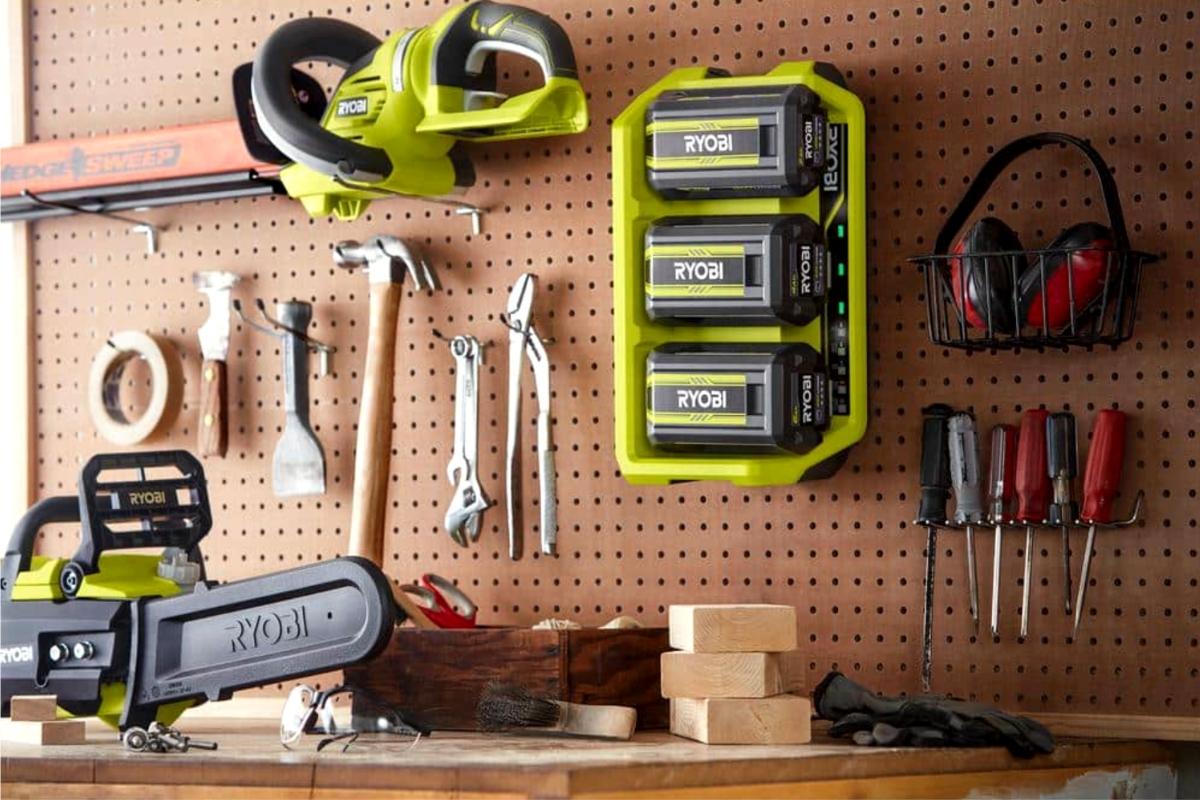
The better care you take of your battery, the longer it will last. Here are some tips on what you should and shouldn’t do in order to best take care of your Ryobi battery:
DO
- Do use your battery regularly. Inactivity has a direct effect on battery life.
- Do remove your battery once it is fully charged.
- Do keep the battery in a dry place with an even temperature. Batteries do not like extreme heat or cold.
- Do store batteries in their original case, ensuring that the plastic caps are in place to protect the terminals.
- Do have a spare backup battery on hand.
DON’T
- Don’t plug your charger into an extension cord, but rather directly into a wall socket.
- Don’t, except for a NiCad battery, completely drain the battery because it will damage the poles. Charge the battery as soon as the tool you’re using starts showing signs of slowing down.
- Don’t shallow charge a NiCad battery as they work with a memory effect.
- Don’t over-charge any battery unless the instructions specifically say you should do so.
- Don’t trust chargers that claim to automatically cut off when the battery is charged.
- Don’t allow the battery to overheat, as damage can be caused to both the charger and the battery.
- Don’t ever allow your battery to get wet.
Conclusion
Hopefully, this article has cleared up any confusion as to whether it’s okay to leave a Ryobi battery on the charger or not.
The bottom line is that if you care for your tools, their batteries, and chargers as specified in the instruction manual that came with them, they can last you a good couple of years longer than if you do not take proper care of them.
If you love battery powered tools, be sure to check out our Recommended Yard Tools page to see the best electric tools on the market. With today’s technology you can use green energy for all of your yard care needs!


